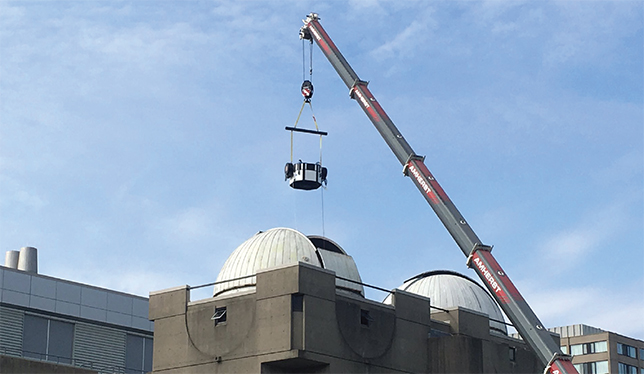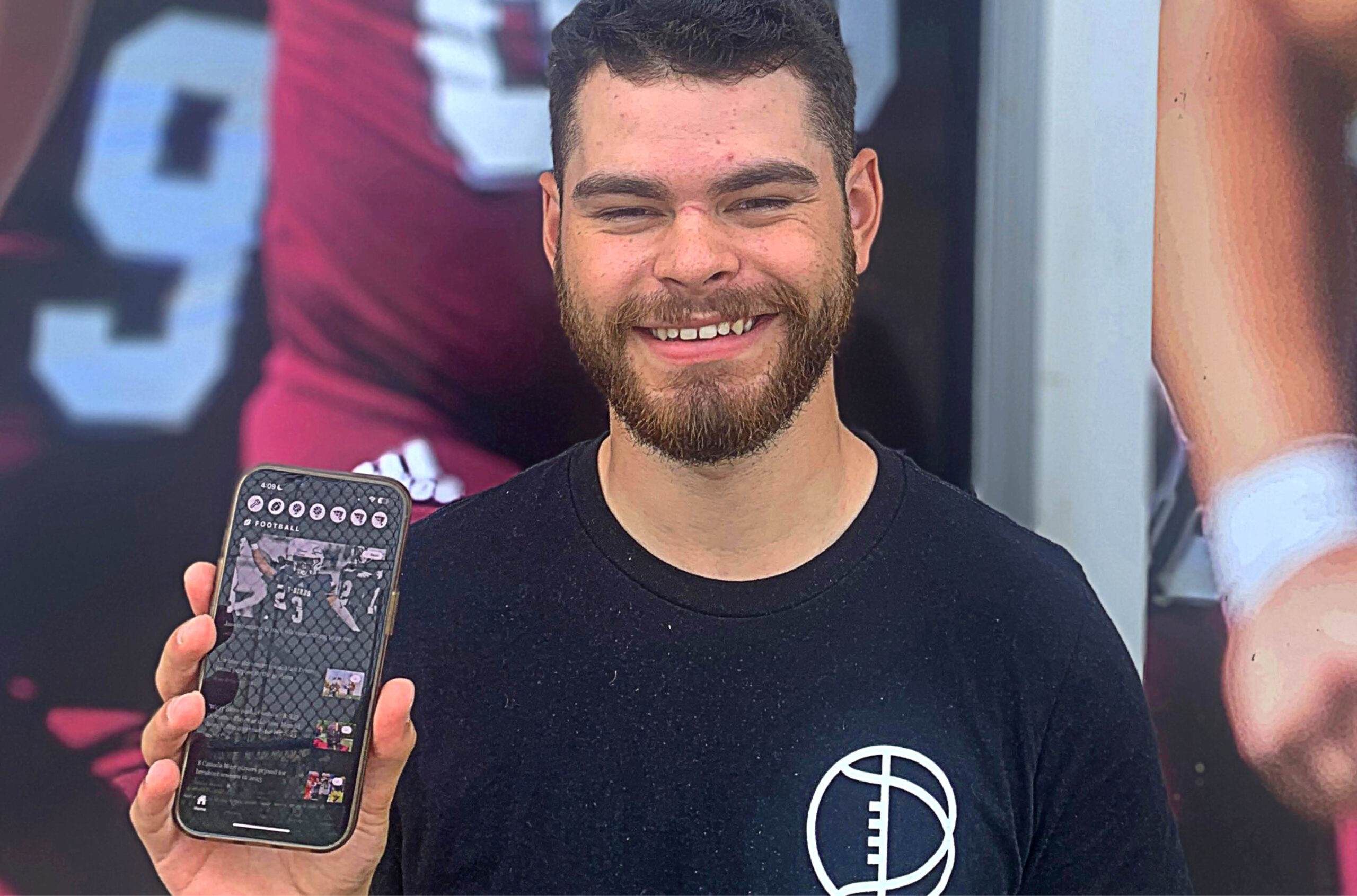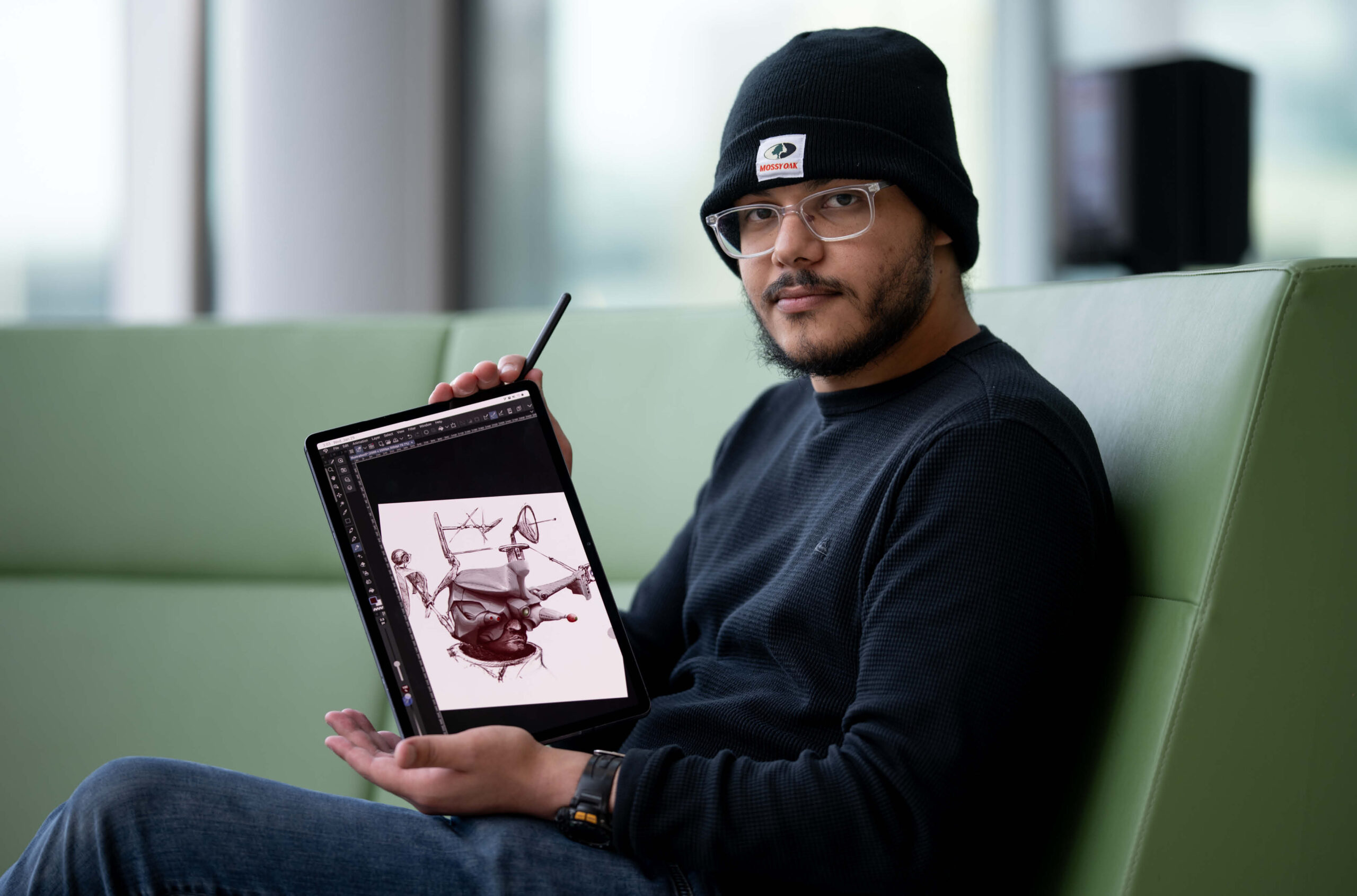Telescope upgrade makes the universe that much brighter for York community
The one-metre telescope offers a “richer” academic experience for astronomy students and amateur stargazers alike.

Editor’s note: This story was first published in our March-April 2020 issue, which went to press on February 25.
What would the cosmos look like if you had a metre-wide eyeball? According to Paul Delaney, a professor in the department of physics and astrophysics at York University, that’s exactly what the new PlaneWave1000 telescope at the institution’s Allan I. Carswell Observatory is – “a big, big eyeball collecting a lot of light and giving you exquisite detail about whatever it is that you are looking at.”
Installed last August, the one-metre telescope combines a large aperture, or light-collecting region, and large field of view so users can see more of the universe. Fainter objects become brighter and the quality of the data is higher, says Mr. Delaney. “It increases, literally, our range in the universe.”
For York researchers, the increased range means an expansion of their work on the changing light output of variable stars, providing greater insight into stellar evolutionary processes and star death. It also means they will be able to contribute significantly to the understanding of near-Earth asteroid orbits.
For students still learning telescopic and data analysis techniques, the new machine’s absolute encoders are a key upgrade from the observatory’s existing 60-, 40- and 20-centimetre telescopes. The encoders are devices that automatically navigate the night sky and quickly and accurately point users to celestial coordinates and objects, making for a very user-friendly interface.
Lastly, the telescope’s dual viewing ports, which can be independently focused, allow students to toggle back and forth within six seconds from viewing an object with their eye to capturing that data on a camera connected to the second port. Mr. Delaney says the first class to use the telescope was able collect stunning images of galaxies in under two hours, a dataset previous classes would have struggled to get in twice the time.
Taken together, Mr. Delaney says the telescope’s capabilities allow students to pursue more interesting questions more efficiently and effectively. “Academically, it’s a richer experience for them,” he says.
An experience that, thanks to the dual viewing ports, can continue during the observatory’s signature student-run public viewings in person on Wednesday nights and online on Mondays.
“If the public as a whole doesn’t understand what my students and I are up to, then I feel as if we’ve got a bit of a failing grade,” says Mr. Delaney. “We want to be able to pull the public in [to] see the rings of Saturn for the first time, to see the heart of the Andromeda Galaxy, to be able to look deep into a globular cluster.”
The immense public interest in astronomy, the unique sharing of data between professional organizations like NASA and amateurs, and the vastness of the universe, means that astronomy is one of the few fields in which laypeople can make significant contributions to research.
“Amateurs are surprisingly successful at finding things that we sometimes as professionals miss, so there is this collaborative nature associated with astronomical research that really moves far beyond just universities,” says Mr. Delaney, “the sky truly is the limit.”
Featured Jobs
- Canadian Politics - Assistant ProfessorUniversity of Toronto
- Political Science - Assistant Professor (Political Theory)Saint Mary's University
- Science - Assistant Professor (Teaching)The University of British Columbia
- Psychology - Assistant Professor (Clinical Psychology)Queen's University
- Canada Excellence Research Chair in Energy TransitionsUniversité du Québec à Trois-Rivières (UQTR)
















Post a comment
University Affairs moderates all comments according to the following guidelines. If approved, comments generally appear within one business day. We may republish particularly insightful remarks in our print edition or elsewhere.